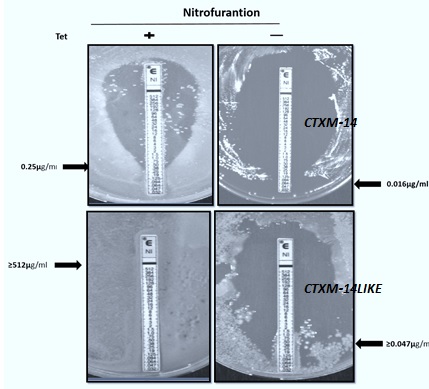
Yasir Al-Mehdi Edowik
Bangor University, UK
Title: A novel CTX-M14 related beta-lactamase renders E.coli sensitive to the antibiotic nitrofurantoin used to treat urinary tract infections
Biography
Biography: Yasir Al-Mehdi Edowik
Abstract
The antibiotic nitrofurantoin is indicated for the treatment of acute or recurrent lower urinary tract infections (UTI) which is caused by strains of Escherichia coli, Enterococci and Staphylococci, Citrobacter sp, Klebsiella sp or Enterobactersp. This study analyzed ESBL-producing bacteria isolated from 300 urine samples of UTI patients from three referral hospitals in North Wales, UK. Multiplex PCR amplification of β-lactamase genes of the blaCTX-M groups 1, 2, 9 and 8/25, followed by DNA sequencing revealed one new beta-lactamase gene which is closely related to CTXM‑14 at the protein levels. Recombinant expression of this new bla gene renders Escherichia coli highly resistant to nitrofurantoin. To characterize this new beta-lactamase, the enzyme was purified from the periplasmic space of E. coli or from the growth medium in a highly pure form, utilizing a C-terminal strep-tag. Isoelectric focusing and phostag electrophoresis revealed a high degree of phosphorylation and the presence of at least two distinct protein species. Since this new gene was isolated only from one of the three hospitals, it is quite possible that the new beta-lactamase is responsible for a local increase in nitrofurantoin resistance in UTI patients.

Figure 1: Induction of the novel CTX-M-14 related beta-lactamase renders cells resistant to Nitrofurantoin (E-Test Assay, + =induction of the recombinat enzyme; -= no induction.



